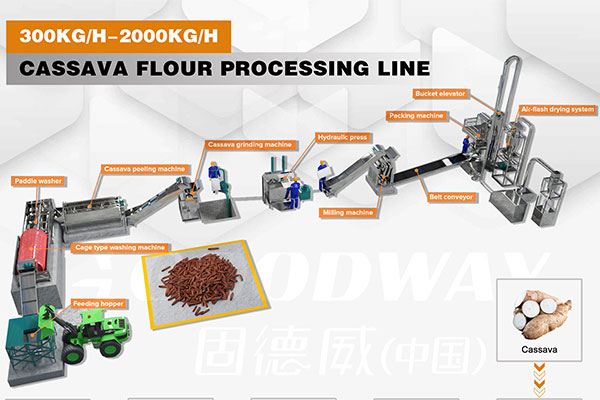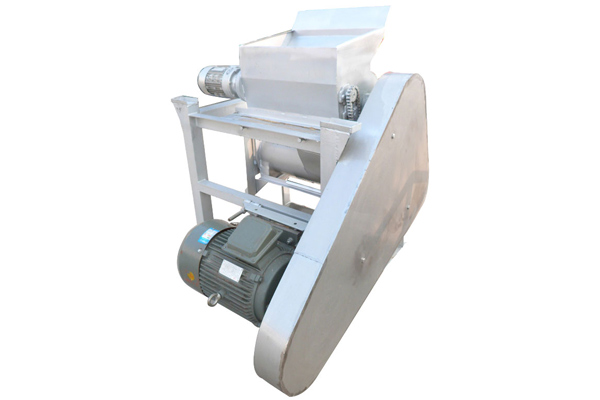Every year from mid-August to October is the period of tuber root expansion after spring and summer potato planting. This period is the key period to determine the yield of sweet potato and also the period of most fertilizer requirement. Using the correct topdressing method can significantly increase the yield of sweet potato. The effect of increasing the yield is very obvious. Generally, the yield of sweet potato is increased by 18-20% per 667 square meters, and the economic benefit is also very significant.

In the growth cycle of sweet potatoes, several important growth periods must be remembered!
(1) Returning to green roots (planting - slow seedling stage): it takes about 20 days from planting to the basic formation of roots;
(2) Branch and tuber-setting stage: it takes about 30 days from root formation to stem and leaf formation, and the number of effective tubers is basically stable.
(3) The stem and leaf growth and tuber swelling stage (the first time): from the beginning of ridge closure to the peak growth, leaf area index reached the maximum, tuber root gradually expanded. It takes about 40 - 50 days.
(4) The rapid expansion of tubers and the declining period of stems and leaves (the second time): (after 90 days of planting); the slow growth of stems and leaves to stagnation, the color of leaves turned green to light yellow, tubers rapidly expanded, taking more than 30 days.
Management Method of Sweet Potato in Sweet Potato Expansion Period
1. Spraying foliar fertilizer
Spraying nitrogen fertilizer should be the main method for the plots with serious premature senility, and the rational combination of nitrogen, phosphorus and potassium fertilizer should be achieved. The amount of fertilization can be determined according to the weather conditions at that time. Generally, the amount of spraying is less when it is sunny and rainless, and the spraying should be supplemented in time when it is rainy after spraying. The dosage is 30~75 grams per mu, spray for 15 kg of water, spraying 7 to 10 days.
2. Eye-hole topdressing
With a wooden fence, drill a hole about 30 cm deep at 20-30 cm away from its main root. Put in a suitable amount of three-element compound fertilizer and seal it with wet soil. If each hole is punched on both sides of its ridge, the effect will be better.
3. Crack topdressing
When cracks occur on the swollen surface of sweet potato, 500 grams of potassium dihydrogen phosphate, 400 kg of water, 2.5 kg of urea and 10 kg of superphosphate and 500 kg of water are used to fill cracks with fertilizer solution, 0.7-1 kg of each plant. Half a month later, every 667 square meters, 100 kg of straw ash plus 500 kg of water (soaking for 4 hours), the filtrate will be irrigated and sealed.
4. Drought Irrigation and Waterlogging Drainage
Sweet potatoes often suffer from autumn drought during the period of expansion. If not watered in time, the yield will be affected. In order to increase production, irrigation can be done 2 to 3 times during this period. In case of autumn waterlogging, drainage should be done in time to avoid soil hypoxia and affecting root tuber enlargement.
5. Cutting the Tips and Reproducing the Branches
Removing all the seedling tips during the survival of sweet potato seedlings can shorten vines, increase branches, increase green leaves and improve plant type, so as to facilitate more potato production. Attention: Do not turn over the vine, not to mention "hitting the bramble vine", the lengthy reasonable vine, cut off the fibrous root, control the lengthening.
6. Multiple spraying of Paclobutrazol
For the elongated sweet potato fields, 15% Paclobutrazol 50-70 g per mu was sprayed to 50 kg of water, usually 2-3 times, and the effect was better.
Goodway supplies professional
sweet potato machine,
potato processing equipment and
mobile cassava processing equipment. Welcome to inquire!

 EN
EN
 fr
fr  es
es  it
it  pt
pt 








